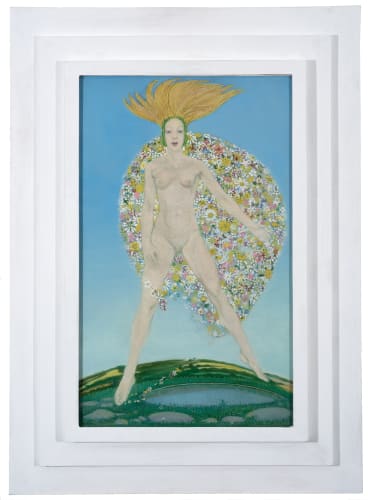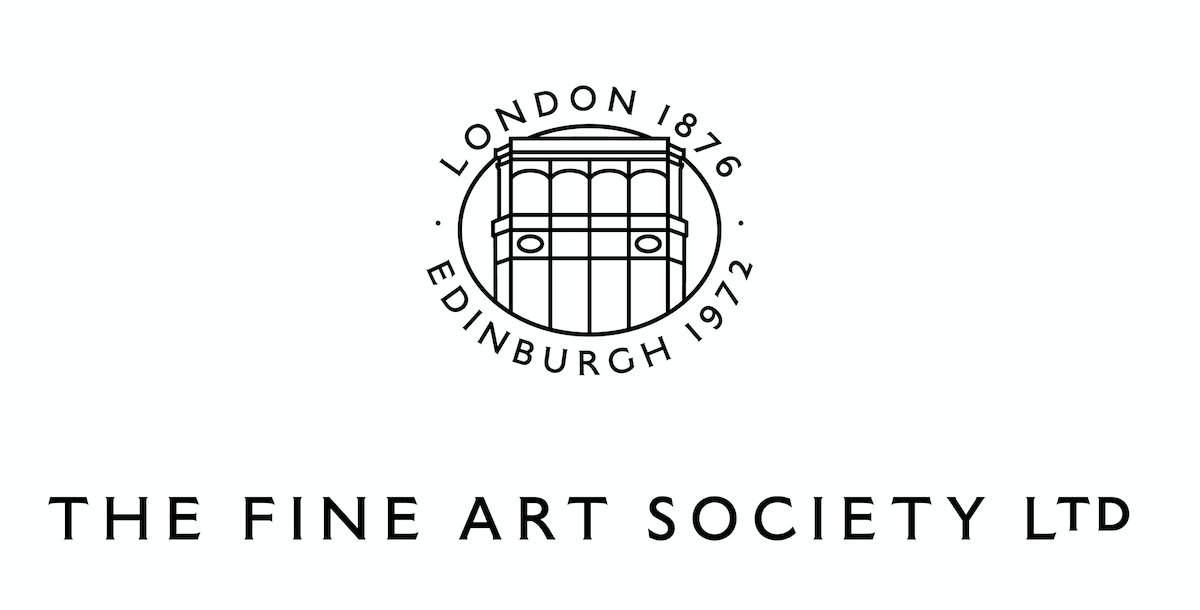Gluck 1895-1978
Hannah Gluckstein, known as Gluck, was born into a wealthy Jewish family, the niece to the brothers who had founded J. Lyons and Co., the British coffee house and catering empire. Her American mother, Francesca Halle, was an opera singer. To the exasperation of her family, Hannah pursued an artistic training at the St John’s Wood School of Art (1913-16). Later, when she came of age at twenty-one and gained access to her trust fund, the young woman had the means to pursue an independent life. She traveled to Lamorna, a fishing village and cove in west Cornwall where the Newlyn School artists colony was based, and bought her own studio. By 1918, she had begun to call herself Gluck (‘no prefix, suffix, or quotes”), had adopted men’s clothing, cropped her hair, and begun to smoke a pipe. The seriousness by which Gluck insisted on others addressing her only by her contracted surname was such that when an art society of which she was vice-president listed her as ‘Miss Gluck’ on the letterhead, she resigned.
The Newlyn School had been led by artists Stanhope Forbes and Frank Bramley, who settled there in the early 1880s. It was reminiscent in spirit to the Barbizon School in France, which was established by the artists who had fled Paris in search of a purer, more natural light – to paint en plein air. Newlyn, like nearby St Ives, appealed to artists for the cheap living and the availability of models, in addition to the remarkable scenery, light quality, and attractively simple life. Gluck herself never identified with any particular school or movement, and only showed her work in solo exhibitions. In the 1920s and 30s Gluck gained recognition for portraits and flower paintings; perhaps her best known work is of stylized flowerpieces inspired by the floral creations of Constance Spry, an early companion and lover.
The ‘Gluck Frame’ was exhibited at British Art in Industry exhibitions and became an integral part of Modernist and Art Deco interiors of the 1930s. Each one arises from the wall in three tiers, painted or papered to match the wall where it is hung, to give the illusion that the painting is part of the architecture of the room. When, in 1932, Spry decorated the Fine Art Society galleries for Gluck’s third exhibition, the walls were paneled in white, modern furniture was added, and each room featured Spry’s floral arrangements. All the paintings were hung in a ‘Gluck frame’ very similar to the one here.
The Fine Art Society and Gluck have a long history together. After having redirected her energy away from painting in the 1950s to spear-head a campaign to increase the quality of artist’s paints available, Gluck returned to painting using the special handmade paints supplied by a manufacturer who had taken Gluck’s standards as a challenge. Fifty-two of these pieces were exhibited in a solo show at the Fine Art Society in 1973, and they were very well-received. The exhibition was her first since 1937, and was to be her last before her death in 1978. That year, the Fine Art Society held a memorial retrospective exhibition of Gluck’s work.
We are actively seeking consignments of work by Gluck. Please contact us with details or to enquire after available works by this artist.

